|??????????????????????????????+???????????????????????????+?????????????????????????????????????????????????????????????????????????????????????????????????????????????????????????????????????????????????????????| | 02 32 | 01 ??? 79 | EQ 1: Low EQ Frequency20 ??? 20.0kHz | |??????????????????????????????+???????????????????????????+?????????????????????????????????????????????????????????????????????????????????????????????????????????????????????????????????????????????????????????| | 02 33 | 22 ??? 5E | EQ 1: Low EQ Gain(0dB:40H) ???15,,,+15dB | |??????????????????????????????+???????????????????????????+?????????????????????????????????????????????????????????????????????????????????????????????????????????????????????????????????????????????????????????| | 02 34 | 1E ??? 60 | EQ 1: Low EQ Q0.36,,,16.0 | |??????????????????????????????+???????????????????????????+?????????????????????????????????????????????????????????????????????????????????????????????????????????????????????????????????????????????????????????| | 02 35 | 01 ??? 79 | EQ 1: Lo???Mid EQ Frequency20 ??? 20.0kHz | |??????????????????????????????+???????????????????????????+?????????????????????????????????????????????????????????????????????????????????????????????????????????????????????????????????????????????????????????| | 02 36 | 22 ??? 5E | EQ 1: Lo???Mid EQ Gain (0dB:40H) ???15,,,+15dB | |??????????????????????????????+???????????????????????????+?????????????????????????????????????????????????????????????????????????????????????????????????????????????????????????????????????????????????????????| | 02 37 | 1E ??? 60 | EQ 1: Lo???Mid EQ Q0.36,,,16.0 | |??????????????????????????????+???????????????????????????+?????????????????????????????????????????????????????????????????????????????????????????????????????????????????????????????????????????????????????????| | 02 38 | 01 ??? 79 | EQ 1: Hi???Mid EQ Frequency20 ??? 20.0kHz | |??????????????????????????????+???????????????????????????+?????????????????????????????????????????????????????????????????????????????????????????????????????????????????????????????????????????????????????????| | 02 39 | 22 ??? 5E | EQ 1: Hi???Mid EQ Gain (0dB:40H) ???15,,,+15dB | |??????????????????????????????+???????????????????????????+?????????????????????????????????????????????????????????????????????????????????????????????????????????????????????????????????????????????????????????| | 02 3A | 1E ??? 60 | EQ 1: Hi???Mid EQ Q0.36,,,16.0 | |??????????????????????????????+???????????????????????????+?????????????????????????????????????????????????????????????????????????????????????????????????????????????????????????????????????????????????????????| | 02 3B | 01 ??? 79 | EQ 1: Hi EQ Frequency20 ??? 20.0kHz | |??????????????????????????????+???????????????????????????+?????????????????????????????????????????????????????????????????????????????????????????????????????????????????????????????????????????????????????????| | 02 3C | 22 ??? 5E | EQ 1: Hi EQ Gain(0dB:40H) ???15,,,+15dB | |??????????????????????????????+???????????????????????????+?????????????????????????????????????????????????????????????????????????????????????????????????????????????????????????????????????????????????????????| | 02 3D | 1E ??? 60 | EQ 1: Hi EQ Q0.36,,,16.0 | |??????????????????????????????+???????????????????????????+?????????????????????????????????????????????????????????????????????????????????????????????????????????????????????????????????????????????????????????| | 02 3E | 00 ??? 02 | EQ 1: Low???Type0,,,9 = PEAK,,,THRU | |??????????????????????????????+???????????????????????????+?????????????????????????????????????????????????????????????????????????????????????????????????????????????????????????????????????????????????????????| | 02 3F | 00 ??? 02 | EQ 1: Lo???Mid Type0,,,9 = PEAK,,,THRU | |??????????????????????????????+???????????????????????????+?????????????????????????????????????????????????????????????????????????????????????????????????????????????????????????????????????????????????????????| | 02 40 | 00 ??? 02 | EQ 1: Hi???Mid Type0,,,9 = PEAK,,,THRU | |??????????????????????????????+???????????????????????????+?????????????????????????????????????????????????????????????????????????????????????????????????????????????????????????????????????????????????????????| | 02 41 | 00 ??? 02 | EQ 1: Hi Type0,,,9 = PEAK,,,THRU | |??????????????????????????????+???????????????????????????+?????????????????????????????????????????????????????????????????????????????????????????????????????????????????????????????????????????????????????????| | 02 42 | 00 ??? 01 | EQ 2: SWOFF, ON | |??????????????????????????????+???????????????????????????+?????????????????????????????????????????????????????????????????????????????????????????????????????????????????????????????????????????????????????????| | 02 43 | 16 ??? 46 | EQ 2: ATT(0dB:40H) ???42 ??? +6dB | |??????????????????????????????+???????????????????????????+?????????????????????????????????????????????????????????????????????????????????????????????????????????????????????????????????????????????????????????| | 02 44 | 01 ??? 79 | EQ 2: Low EQ Frequency20 ??? 20.0kHz | |??????????????????????????????+???????????????????????????+?????????????????????????????????????????????????????????????????????????????????????????????????????????????????????????????????????????????????????????| | 02 45 | 22 ??? 5E | EQ 2: Low EQ Gain(0dB:40H) ???15,,,+15dB | |??????????????????????????????+???????????????????????????+?????????????????????????????????????????????????????????????????????????????????????????????????????????????????????????????????????????????????????????| | 02 46 | 1E ??? 60 | EQ 2: Low EQ Q0.36,,,16.0 | |??????????????????????????????+???????????????????????????+?????????????????????????????????????????????????????????????????????????????????????????????????????????????????????????????????????????????????????????| | 02 47 | 01 ??? 79 | EQ 2: Lo???Mid EQ Frequency20 ??? 20.0kHz | |??????????????????????????????+???????????????????????????+?????????????????????????????????????????????????????????????????????????????????????????????????????????????????????????????????????????????????????????| | 02 48 | 22 ??? 5E | EQ 2: Lo???Mid EQ Gain (0dB:40H) ???15,,,+15dB | |??????????????????????????????+???????????????????????????+?????????????????????????????????????????????????????????????????????????????????????????????????????????????????????????????????????????????????????????| | 02 49 | 1E ??? 60 | EQ 2: Lo???Mid EQ Q0.36,,,16.0 | |??????????????????????????????+???????????????????????????+?????????????????????????????????????????????????????????????????????????????????????????????????????????????????????????????????????????????????????????| | 02 4A | 01 ??? 79 | EQ 2: Hi???Mid EQ Frequency20 ??? 20.0kHz | |??????????????????????????????+???????????????????????????+?????????????????????????????????????????????????????????????????????????????????????????????????????????????????????????????????????????????????????????| | 02 4B | 22 ??? 5E | EQ 2: Hi???Mid EQ Gain (0dB:40H) ???15,,,+15dB | |??????????????????????????????+???????????????????????????+?????????????????????????????????????????????????????????????????????????????????????????????????????????????????????????????????????????????????????????| | 02 4C | 1E ??? 60 | EQ 2: Hi???Mid EQ Q0.36,,,16.0 | |??????????????????????????????+???????????????????????????+?????????????????????????????????????????????????????????????????????????????????????????????????????????????????????????????????????????????????????????| | 02 4D | 01 ??? 79 | EQ 2: Hi EQ Frequency20 ??? 20.0kHz | |??????????????????????????????+???????????????????????????+?????????????????????????????????????????????????????????????????????????????????????????????????????????????????????????????????????????????????????????| | 02 4E | 22 ??? 5E | EQ 2: Hi EQ Gain(0dB:40H) ???15,,,+15dB | |??????????????????????????????+???????????????????????????+?????????????????????????????????????????????????????????????????????????????????????????????????????????????????????????????????????????????????????????| | 02 4F | 1E ??? 60 | EQ 2: Hi EQ Q0.36,,,16.0 | |??????????????????????????????+???????????????????????????+?????????????????????????????????????????????????????????????????????????????????????????????????????????????????????????????????????????????????????????| | 02 50 | 00 ??? 02 | EQ 2: Low???Type0,,,9 = PEAK,,,THRU | |??????????????????????????????+???????????????????????????+?????????????????????????????????????????????????????????????????????????????????????????????????????????????????????????????????????????????????????????| | 02 51 | 00 ??? 02 | EQ 2: Lo???Mid Type0,,,9 = PEAK,,,THRU | |??????????????????????????????+???????????????????????????+?????????????????????????????????????????????????????????????????????????????????????????????????????????????????????????????????????????????????????????| | 02 52 | 00 ??? 02 | EQ 2: Hi???Mid Type0,,,9 = PEAK,,,THRU | |??????????????????????????????+???????????????????????????+?????????????????????????????????????????????????????????????????????????????????????????????????????????????????????????????????????????????????????????| | 02 53 | 00 ??? 02 | EQ 2: Hi Type0,,,9 = PEAK,,,THRU | |??????????????????????????????+???????????????????????????+?????????????????????????????????????????????????????????????????????????????????????????????????????????????????????????????????????????????????????????|
|??????????????????????????????+???????????????????????????+?????????????????????????????????????????????????????????????????????????????????????????????????????????????????????????????????????????????????????????| | 02 60 | 00 ??? 01 | DYN 1: COMP SWOFF,ON | |??????????????????????????????+???????????????????????????+?????????????????????????????????????????????????????????????????????????????????????????????????????????????????????????????????????????????????????????|
|??????????????????????????????+???????????????????????????+?????????????????????????????????????????????????????????????????????????????????????????????????????????????????????????????????????????????????????????| | 02 62 | 00 ??? 01 | DYN 1: COMP KEYININ1,IN2 | |??????????????????????????????+???????????????????????????+?????????????????????????????????????????????????????????????????????????????????????????????????????????????????????????????????????????????????????????| | 02 63 | 10 ??? 40 | DYN 1: COMP Threshold (0dB:40H) ???24 ??? 0dB | |??????????????????????????????+???????????????????????????+?????????????????????????????????????????????????????????????????????????????????????????????????????????????????????????????????????????????????????????| | 02 64 | 00 ??? 0D | DYN 1: COMP Ratio0,13 = 1.00:0,,,INF:0 | |??????????????????????????????+???????????????????????????+?????????????????????????????????????????????????????????????????????????????????????????????????????????????????????????????????????????????????????????| | 02 65 | 00 ??? 01 | DYN 1: COMP KneeHARD,SOFT | |??????????????????????????????+???????????????????????????+?????????????????????????????????????????????????????????????????????????????????????????????????????????????????????????????????????????????????????????| | 02 66 | 00 ??? 7C | DYN 1: COMP Attack0,,,800.0ms | |??????????????????????????????+???????????????????????????+?????????????????????????????????????????????????????????????????????????????????????????????????????????????????????????????????????????????????????????| | 02 67 | 00 ??? 7C | DYN 1: COMP Release0,,,8000ms | |??????????????????????????????+???????????????????????????+?????????????????????????????????????????????????????????????????????????????????????????????????????????????????????????????????????????????????????????| | 02 68 | 10 ??? 70 | DYN 1: COMP Level(0dB:40H) ???24 ??? +24dB | |??????????????????????????????+???????????????????????????+?????????????????????????????????????????????????????????????????????????????????????????????????????????????????????????????????????????????????????????| | 02 69 | 00 ??? 01 | DYN 1: COMP AutogainOFF,ON | |??????????????????????????????+???????????????????????????+?????????????????????????????????????????????????????????????????????????????????????????????????????????????????????????????????????????????????????????| | 02 6A | 00 ??? 01 | DYN 1: EXP SWOFF,ON | |??????????????????????????????+???????????????????????????+?????????????????????????????????????????????????????????????????????????????????????????????????????????????????????????????????????????????????????????| | 02 6B | 00 ??? 01 | DYN 1: EXP KEYININ1,IN2 | |??????????????????????????????+???????????????????????????+?????????????????????????????????????????????????????????????????????????????????????????????????????????????????????????????????????????????????????????| | 02 6C | 10 ??? 60 | DYN 1: EXP Threshold(0dB:60H) ???80 ??? 0dB | |??????????????????????????????+???????????????????????????+?????????????????????????????????????????????????????????????????????????????????????????????????????????????????????????????????????????????????????????| | 02 6D | 00 ??? 0D | DYN 1: EXP Ratio0,13 = 1.00:0,,,INF:0 | |??????????????????????????????+???????????????????????????+?????????????????????????????????????????????????????????????????????????????????????????????????????????????????????????????????????????????????????????| | 02 6E | 00 | (Reserved)| |??????????????????????????????+???????????????????????????+?????????????????????????????????????????????????????????????????????????????????????????????????????????????????????????????????????????????????????????| | 02 6F | 00 ??? 7C | DYN 1: EXP Attack0,,,800.0ms | |??????????????????????????????+???????????????????????????+?????????????????????????????????????????????????????????????????????????????????????????????????????????????????????????????????????????????????????????| | 02 70 | 00 ??? 7C | DYN 1: EXP Release0,,,8000ms | |??????????????????????????????+???????????????????????????+?????????????????????????????????????????????????????????????????????????????????????????????????????????????????????????????????????????????????????????| | 02 71 | 00 ??? 01 | DYN 1: ENH/DES SWOFF,ON | |??????????????????????????????+???????????????????????????+?????????????????????????????????????????????????????????????????????????????????????????????????????????????????????????????????????????????????????????| | 02 72 | 00 ??? 01 | DYN 1: ENH/DES TypeENH,DES | |??????????????????????????????+???????????????????????????+?????????????????????????????????????????????????????????????????????????????????????????????????????????????????????????????????????????????????????????| | 02 73 | 00 ??? 64 | DYN 1: ENH Sens0,,,100 | |??????????????????????????????+???????????????????????????+?????????????????????????????????????????????????????????????????????????????????????????????????????????????????????????????????????????????????????????| | 02 74 | 39 ??? 79 | DYN 1: ENH Freq500,,,20000Hz | |??????????????????????????????+???????????????????????????+?????????????????????????????????????????????????????????????????????????????????????????????????????????????????????????????????????????????????????????| | 02 75 | 40 ??? 58 | DYN 1: ENH Mix Level(0dB:40H) 0 ??? +12dB | |??????????????????????????????+???????????????????????????+?????????????????????????????????????????????????????????????????????????????????????????????????????????????????????????????????????????????????????????| | 02 76 | 00 ??? 64 | DYN 1: DES Sens0,,,100 | |??????????????????????????????+???????????????????????????+?????????????????????????????????????????????????????????????????????????????????????????????????????????????????????????????????????????????????????????| | 02 77 | 39 ??? 79 | DYN 1: DES Freq500,,,20000Hz | |??????????????????????????????+???????????????????????????+?????????????????????????????????????????????????????????????????????????????????????????????????????????????????????????????????????????????????????????| | 02 78 | 10 ??? 40 | DYN 1: DES Rejection Level (0dB:40H) ???24 ??? 0dB | |??????????????????????????????+???????????????????????????+?????????????????????????????????????????????????????????????????????????????????????????????????????????????????????????????????????????????????????????| | 02 79 | 00 ??? 01 | DYN 2: COMP SWOFF,ON | |??????????????????????????????+???????????????????????????+?????????????????????????????????????????????????????????????????????????????????????????????????????????????????????????????????????????????????????????|
|??????????????????????????????+???????????????????????????+?????????????????????????????????????????????????????????????????????????????????????????????????????????????????????????????????????????????????????????|
| 02 7B | 00 ??? 01 | DYN 2: COMP KEYININ1,IN2 | |??????????????????????????????+???????????????????????????+?????????????????????????????????????????????????????????????????????????????????????????????????????????????????????????????????????????????????????????| | 02 7C | 10 ??? 40 | DYN 2: COMP Threshold (0dB:40H) ???24 ??? 0dB | |??????????????????????????????+???????????????????????????+?????????????????????????????????????????????????????????????????????????????????????????????????????????????????????????????????????????????????????????| | 02 7D | 00 ??? 0D | DYN 2: COMP Ratio0,13 = 1.00:0,,,INF:0 | |??????????????????????????????+???????????????????????????+?????????????????????????????????????????????????????????????????????????????????????????????????????????????????????????????????????????????????????????| | 02 7E | 00 ??? 01 | DYN 2: COMP KneeHARD,SOFT | |??????????????????????????????+???????????????????????????+?????????????????????????????????????????????????????????????????????????????????????????????????????????????????????????????????????????????????????????| | 02 7F | 00 ??? 7C | DYN 2: COMP Attack0,,,800.0ms | |??????????????????????????????+???????????????????????????+?????????????????????????????????????????????????????????????????????????????????????????????????????????????????????????????????????????????????????????| | 03 00 | 00 ??? 7C | DYN 2: COMP Release0,,,8000ms | |??????????????????????????????+???????????????????????????+?????????????????????????????????????????????????????????????????????????????????????????????????????????????????????????????????????????????????????????| | 03 01 | 10 ??? 70 | DYN 2: COMP Level(0dB:40H) ???24 ??? +24dB | |??????????????????????????????+???????????????????????????+?????????????????????????????????????????????????????????????????????????????????????????????????????????????????????????????????????????????????????????| | 03 02 | 00 ??? 01 | DYN 2: COMP AutogainOFF,ON | |??????????????????????????????+???????????????????????????+?????????????????????????????????????????????????????????????????????????????????????????????????????????????????????????????????????????????????????????| | 03 03 | 00 ??? 01 | DYN 2: EXP SWOFF,ON | |??????????????????????????????+???????????????????????????+?????????????????????????????????????????????????????????????????????????????????????????????????????????????????????????????????????????????????????????| | 03 04 | 00 ??? 01 | DYN 2: EXP KEYININ1,IN2 | |??????????????????????????????+???????????????????????????+?????????????????????????????????????????????????????????????????????????????????????????????????????????????????????????????????????????????????????????| | 03 05 | 10 ??? 60 | DYN 2: EXP Threshold (0dB:60H) ???80 ??? 0dB | |??????????????????????????????+???????????????????????????+?????????????????????????????????????????????????????????????????????????????????????????????????????????????????????????????????????????????????????????| | 03 06 | 00 ??? 0D | DYN 2: EXP Ratio0,13 = 1.00:0,,,INF:0 | |??????????????????????????????+???????????????????????????+?????????????????????????????????????????????????????????????????????????????????????????????????????????????????????????????????????????????????????????| | 03 07 | 00 | (Reserved)| |??????????????????????????????+???????????????????????????+?????????????????????????????????????????????????????????????????????????????????????????????????????????????????????????????????????????????????????????| | 03 08 | 00 ??? 7C | DYN 2: EXP Attack0,,,800.0ms | |??????????????????????????????+???????????????????????????+?????????????????????????????????????????????????????????????????????????????????????????????????????????????????????????????????????????????????????????| | 03 09 | 00 ??? 7C | DYN 2: EXP Release0,,,8000ms | |??????????????????????????????+???????????????????????????+?????????????????????????????????????????????????????????????????????????????????????????????????????????????????????????????????????????????????????????| | 03 0A | 00 ??? 01 | DYN 2: ENH/DES SWOFF,ON | |??????????????????????????????+???????????????????????????+?????????????????????????????????????????????????????????????????????????????????????????????????????????????????????????????????????????????????????????| | 03 0B | 00 ??? 01 | DYN 2: ENH/DES TypeENH,DES | |??????????????????????????????+???????????????????????????+?????????????????????????????????????????????????????????????????????????????????????????????????????????????????????????????????????????????????????????| | 03 0C | 00 ??? 64 | DYN 2: ENH Sens0,,,100 | |??????????????????????????????+???????????????????????????+?????????????????????????????????????????????????????????????????????????????????????????????????????????????????????????????????????????????????????????| | 03 0D | 39 ??? 79 | DYN 2: ENH Freq500,,,20000Hz | |??????????????????????????????+???????????????????????????+?????????????????????????????????????????????????????????????????????????????????????????????????????????????????????????????????????????????????????????| | 03 0E | 40 ??? 58 | DYN 2: ENH Mix Level (0dB:40H) 0 ??? +12dB | |??????????????????????????????+???????????????????????????+?????????????????????????????????????????????????????????????????????????????????????????????????????????????????????????????????????????????????????????| | 03 0F | 00 ??? 64 | DYN 2: DES Sens0,,,100 | |??????????????????????????????+???????????????????????????+?????????????????????????????????????????????????????????????????????????????????????????????????????????????????????????????????????????????????????????| | 03 10 | 39 ??? 79 | DYN 2: DES Freq500,,,20000Hz | |??????????????????????????????+???????????????????????????+?????????????????????????????????????????????????????????????????????????????????????????????????????????????????????????????????????????????????????????| | 03 11 | 28 ??? 40 | DYN 2: DES Rejection Level (0dB:40H) ???12 ??? 0dB | |??????????????????????????????+???????????????????????????+?????????????????????????????????????????????????????????????????????????????????????????????????????????????????????????????????????????????????????????|
|??????????????????????????????+???????????????????????????+?????????????????????????????????????????????????????????????????????????????????????????????????????????????????????????????????????????????????????????|
???Algorithm 1 (MIC MODELING + DYNAMICS + PLUG IN(Preamp))
+????????????????????????????????????????????????????????????????????????????????????????????????????????????????????????????????????????????????????????????????????????????????????????????????????????????????????????+
|==========+=========+===================================================| | 02 10 | 00 ??? 01 | LINKOFF, ON | |??????????????????????????????+???????????????????????????+?????????????????????????????????????????????????????????????????????????????????????????????????????????????????????????????????????????????????????????| | 02 11 | 00 | (Reserved)| |??????????????????????????????+???????????????????????????+?????????????????????????????????????????????????????????????????????????????????????????????????????????????????????????????????????????????????????????| | 02 12 | 00 ??? 01 | Bypass MODEL 1OFF, ON | |??????????????????????????????+???????????????????????????+?????????????????????????????????????????????????????????????????????????????????????????????????????????????????????????????????????????????????????????| | 02 13 | 00 ??? 01 | Bypass MODEL 2OFF, ON | |??????????????????????????????+???????????????????????????+?????????????????????????????????????????????????????????????????????????????????????????????????????????????????????????????????????????????????????????| | 02 14 | 00 | (Reserved)| |??????????????????????????????+???????????????????????????+?????????????????????????????????????????????????????????????????????????????????????????????????????????????????????????????????????????????????????????| | 02 15 | 00 | (Reserved)| |??????????????????????????????+???????????????????????????+?????????????????????????????????????????????????????????????????????????????????????????????????????????????????????????????????????????????????????????| | 02 16 | 00 ??? 01 | Bypass DYN 1OFF, ON | |??????????????????????????????+???????????????????????????+?????????????????????????????????????????????????????????????????????????????????????????????????????????????????????????????????????????????????????????| | 02 17 | 00 ??? 01 | Bypass DYN 2OFF, ON | |??????????????????????????????+???????????????????????????+?????????????????????????????????????????????????????????????????????????????????????????????????????????????????????????????????????????????????????????| | 02 18 | 00 ??? 01 | Bypass PLUGIN 1(Preamp)OFF, ON | |??????????????????????????????+???????????????????????????+?????????????????????????????????????????????????????????????????????????????????????????????????????????????????????????????????????????????????????????| | 02 19 | 00 ??? 01 | Bypass PLUGIN 2(Preamp)OFF, ON | |??????????????????????????????+???????????????????????????+?????????????????????????????????????????????????????????????????????????????????????????????????????????????????????????????????????????????????????????|
|??????????????????????????????+???????????????????????????+?????????????????????????????????????????????????????????????????????????????????????????????????????????????????????????????????????????????????????????| | 02 20 | 00 ??? 01 | MODEL 1: SWOFF, ON | |??????????????????????????????+???????????????????????????+?????????????????????????????????????????????????????????????????????????????????????????????????????????????????????????????????????????????????????????|
|??????????????????????????????+???????????????????????????+?????????????????????????????????????????????????????????????????????????????????????????????????????????????????????????????????????????????????????????|
|??????????????????????????????+???????????????????????????+?????????????????????????????????????????????????????????????????????????????????????????????????????????????????????????????????????????????????????????| | 02 23 | 34 ??? 4C | MODEL 1: Proximity Effect (0:40H) ???12,,,+12 | |??????????????????????????????+???????????????????????????+?????????????????????????????????????????????????????????????????????????????????????????????????????????????????????????????????????????????????????????| | 02 24 | 00 ??? 6B | MODEL 1: Timelag0,,,107 = 0,,,3000cm | |??????????????????????????????+???????????????????????????+?????????????????????????????????????????????????????????????????????????????????????????????????????????????????????????????????????????????????????????| | 02 25 | 00 ??? 01 | MODEL 2: SWOFF, ON | |??????????????????????????????+???????????????????????????+?????????????????????????????????????????????????????????????????????????????????????????????????????????????????????????????????????????????????????????|
|??????????????????????????????+???????????????????????????+?????????????????????????????????????????????????????????????????????????????????????????????????????????????????????????????????????????????????????????|
|??????????????????????????????+???????????????????????????+?????????????????????????????????????????????????????????????????????????????????????????????????????????????????????????????????????????????????????????| | 02 28 | 34 ??? 4C | MODEL 2: Proximity Effect (0:40H) ???12,,,+12 | |??????????????????????????????+???????????????????????????+?????????????????????????????????????????????????????????????????????????????????????????????????????????????????????????????????????????????????????????| | 02 29 | 00 ??? 6B | MODEL 2: Timelag0,,,107 = 0,,,3000cm | |??????????????????????????????+???????????????????????????+?????????????????????????????????????????????????????????????????????????????????????????????????????????????????????????????????????????????????????????|
|??????????????????????????????+???????????????????????????+?????????????????????????????????????????????????????????????????????????????????????????????????????????????????????????????????????????????????????????| | 02 60 | 00 ??? 01 | DYN 1: COMP SWOFF,ON | |??????????????????????????????+???????????????????????????+?????????????????????????????????????????????????????????????????????????????????????????????????????????????????????????????????????????????????????????|
|??????????????????????????????+???????????????????????????+?????????????????????????????????????????????????????????????????????????????????????????????????????????????????????????????????????????????????????????| | 02 62 | 00 ??? 01 | DYN 1: COMP KEYININ1,IN2 | |??????????????????????????????+???????????????????????????+?????????????????????????????????????????????????????????????????????????????????????????????????????????????????????????????????????????????????????????| | 02 63 | 10 ??? 40 | DYN 1: COMP Threshold (0dB:40H) ???24 ??? 0dB | |??????????????????????????????+???????????????????????????+?????????????????????????????????????????????????????????????????????????????????????????????????????????????????????????????????????????????????????????| | 02 64 | 00 ??? 0D | DYN 1: COMP Ratio0,13 = 1.00:0,,,INF:0 | |??????????????????????????????+???????????????????????????+?????????????????????????????????????????????????????????????????????????????????????????????????????????????????????????????????????????????????????????| | 02 65 | 00 ??? 01 | DYN 1: COMP KneeHARD,SOFT | |??????????????????????????????+???????????????????????????+?????????????????????????????????????????????????????????????????????????????????????????????????????????????????????????????????????????????????????????| | 02 66 | 00 ??? 7C | DYN 1: COMP Attack0,,,800.0ms | |??????????????????????????????+???????????????????????????+?????????????????????????????????????????????????????????????????????????????????????????????????????????????????????????????????????????????????????????| | 02 67 | 00 ??? 7C | DYN 1: COMP Release0,,,8000ms |


 symbol alerts the user to important instructions or warnings.The specific meaning of the symbol is determined by the design contained within the triangle. In the case of the symbol at left, it is used for general cautions, warnings, or alerts to danger.
symbol alerts the user to important instructions or warnings.The specific meaning of the symbol is determined by the design contained within the triangle. In the case of the symbol at left, it is used for general cautions, warnings, or alerts to danger. symbol alerts the user to items that must never be carried out (are forbidden). The specific thing that must not be done is indicated by the design contained within the circle. In the case of the symbol at left, it means that the unit must never be disassembled.
symbol alerts the user to items that must never be carried out (are forbidden). The specific thing that must not be done is indicated by the design contained within the circle. In the case of the symbol at left, it means that the unit must never be disassembled.





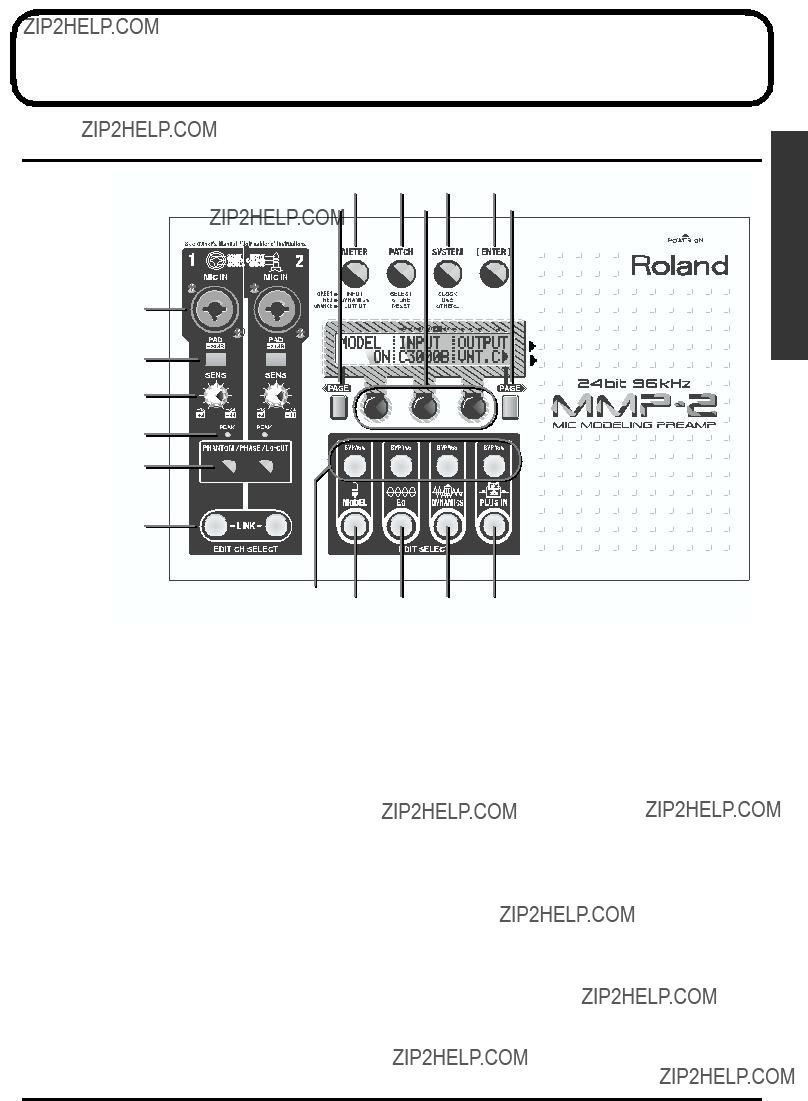


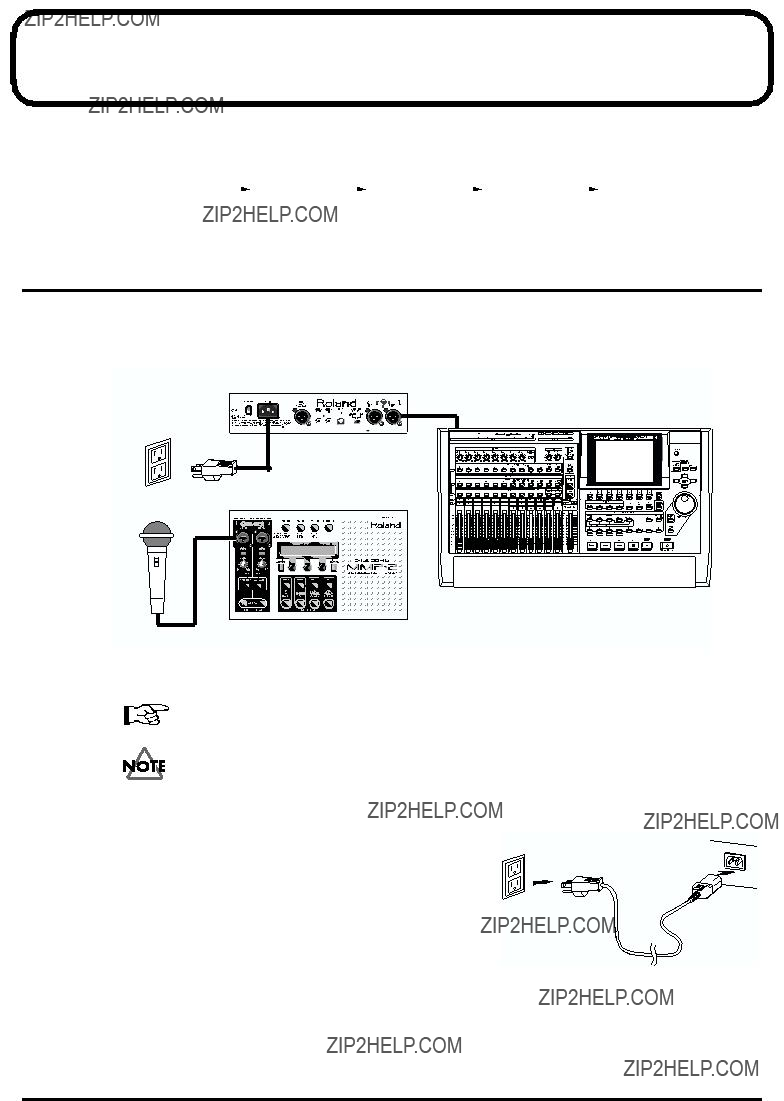
















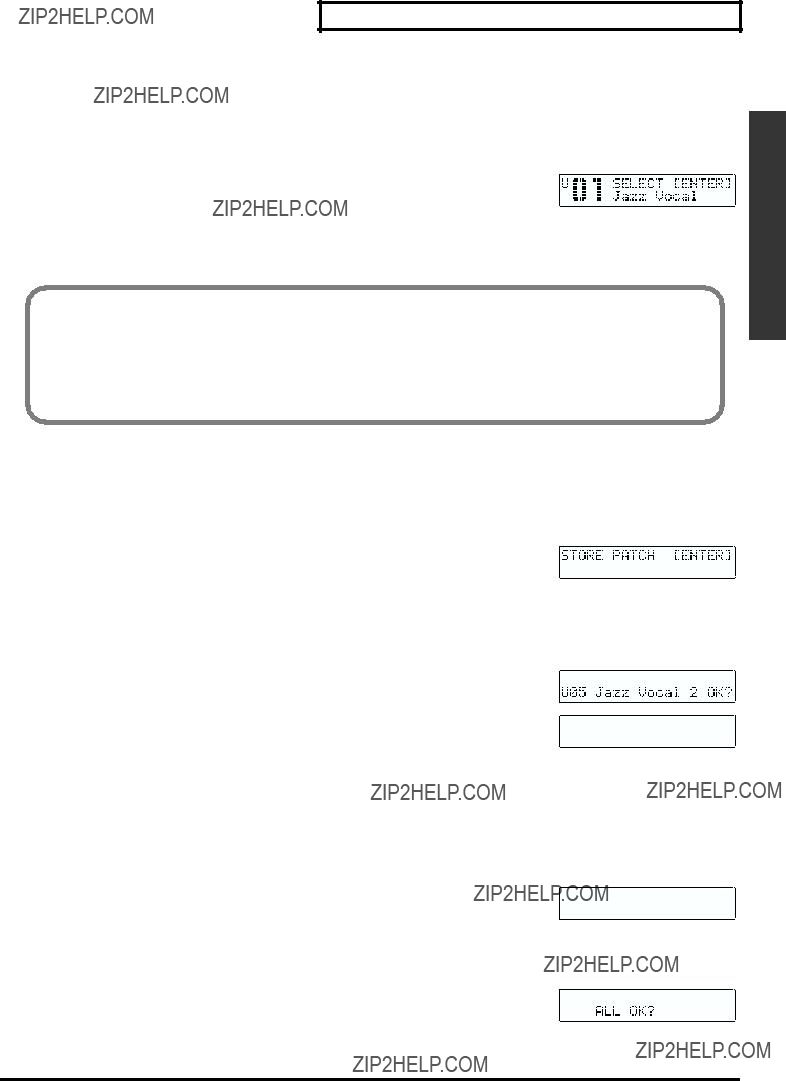






















 screen.
screen.








 lights up in orange.
lights up in orange. 












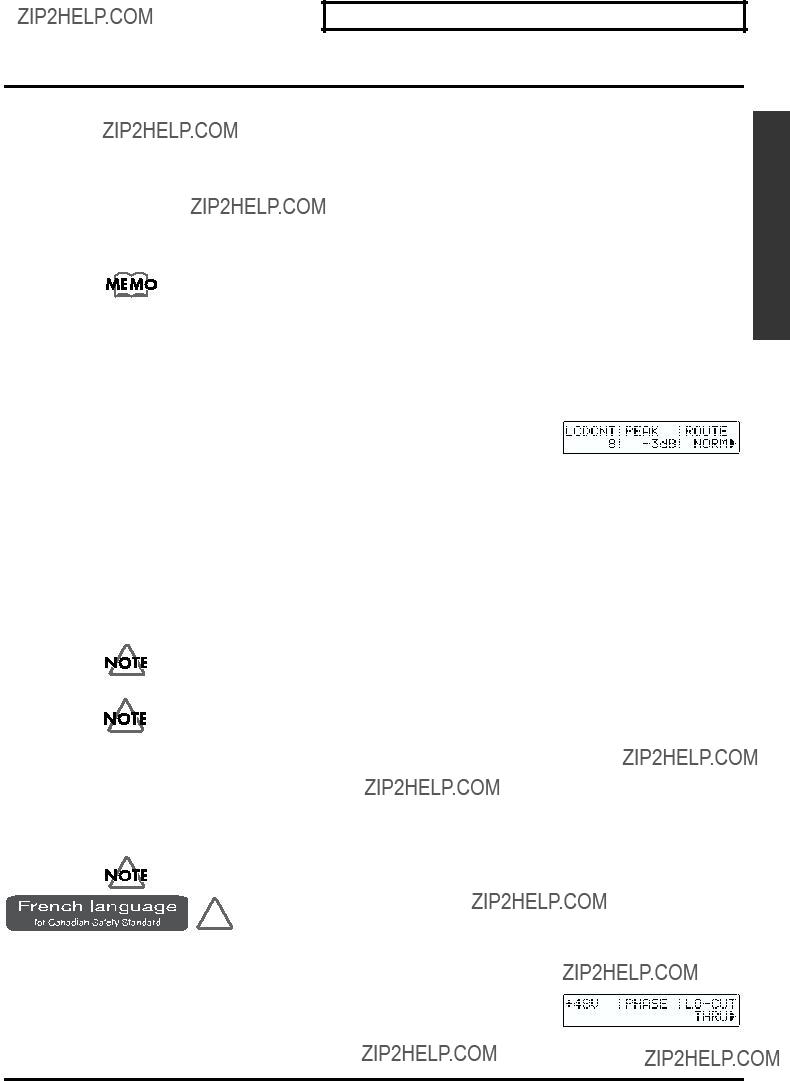

 microphones conformes a la norme
microphones conformes a la norme 




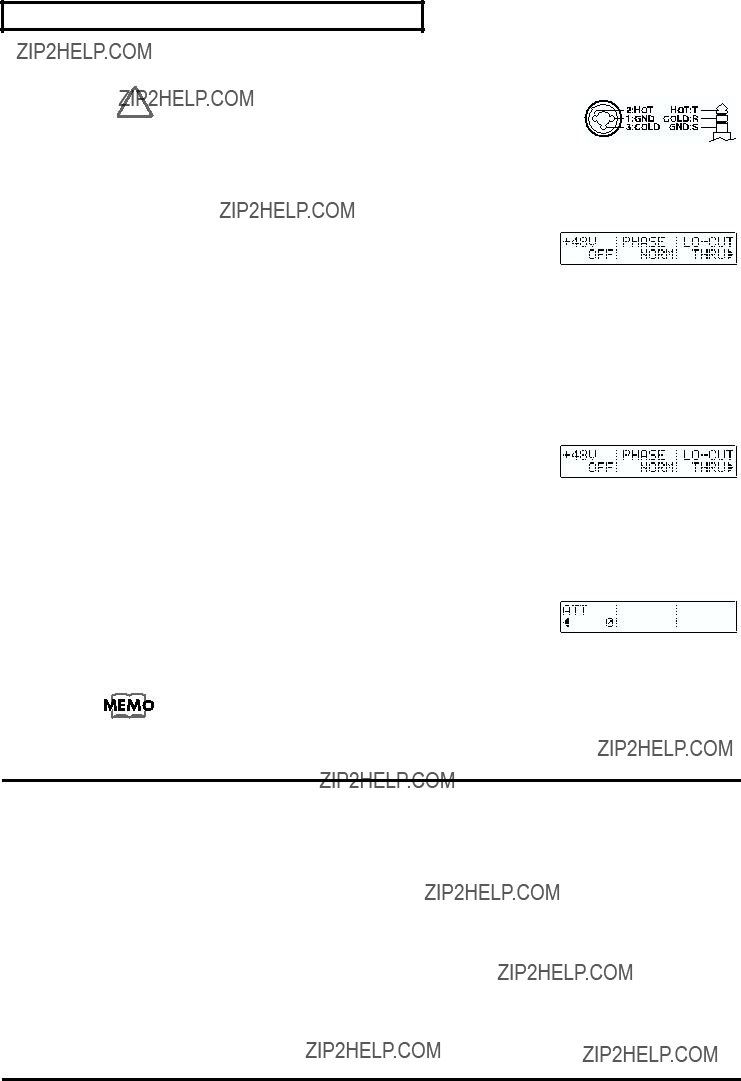

 is shown in the figure. However, Hot and Cold may be reversed of
is shown in the figure. However, Hot and Cold may be reversed of 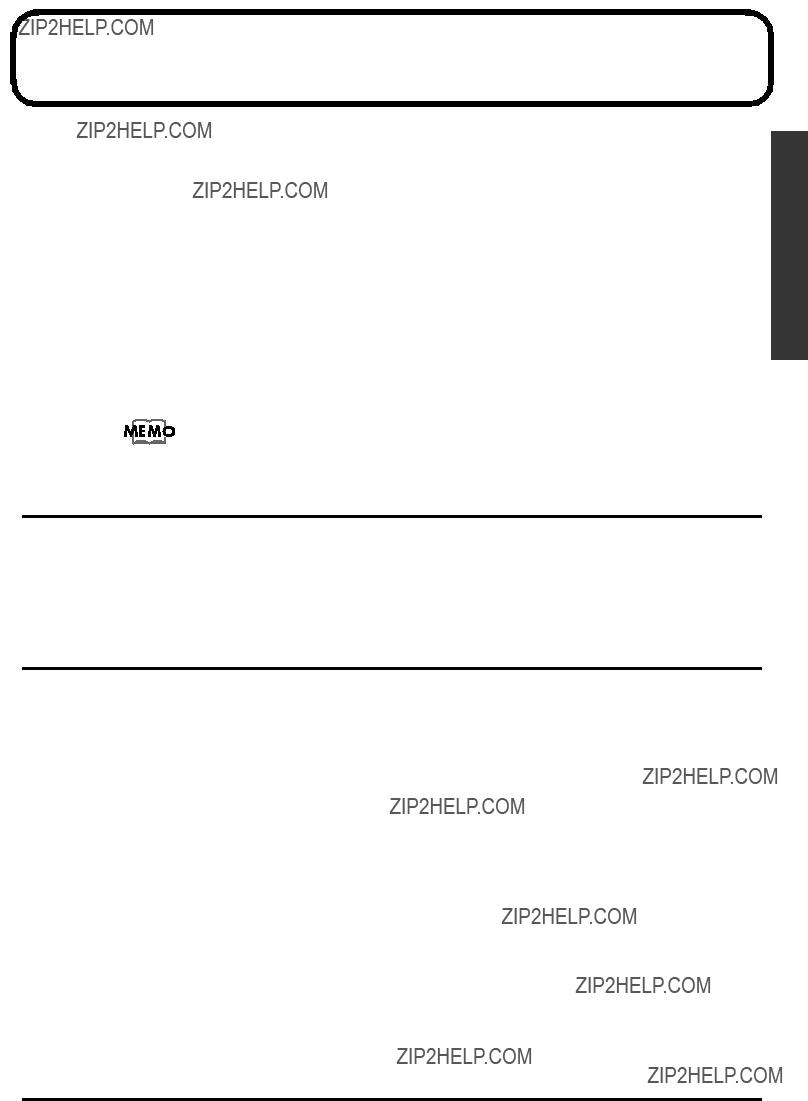


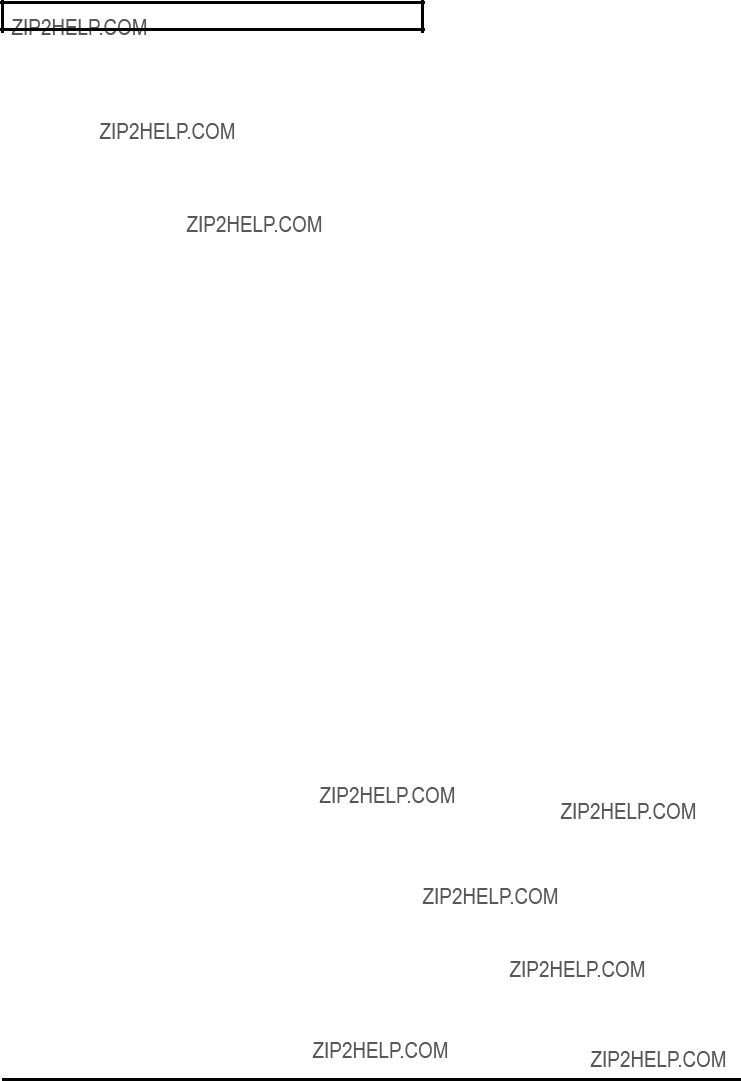



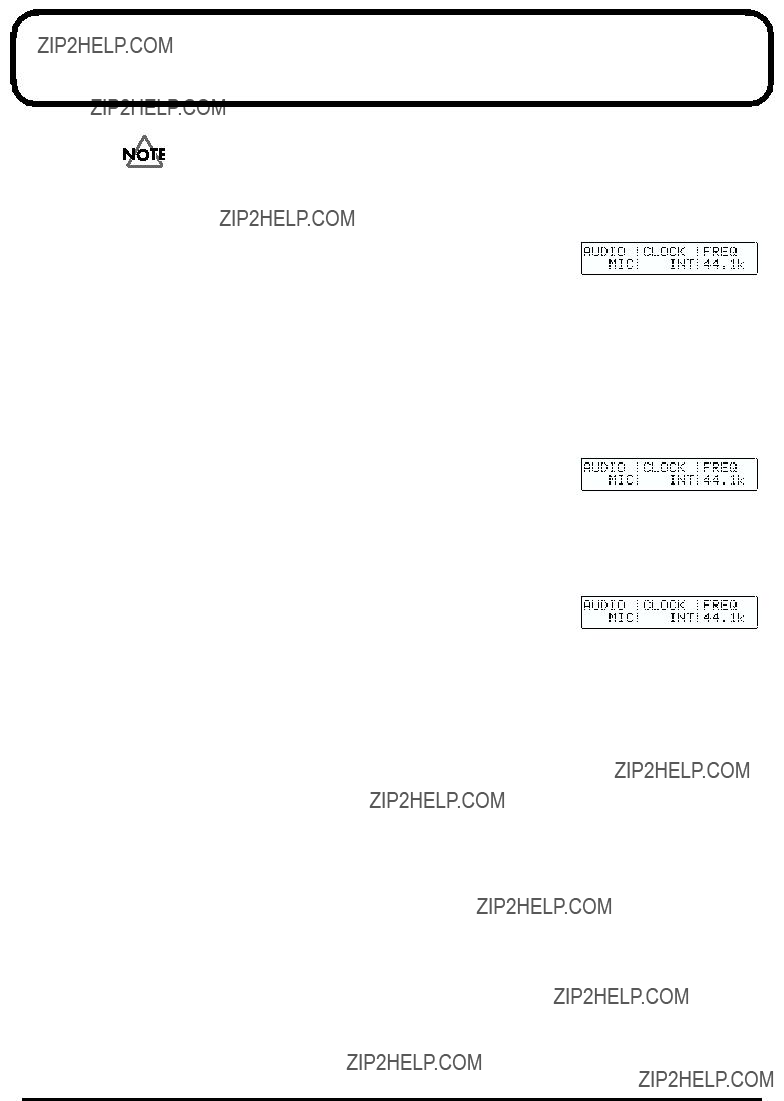





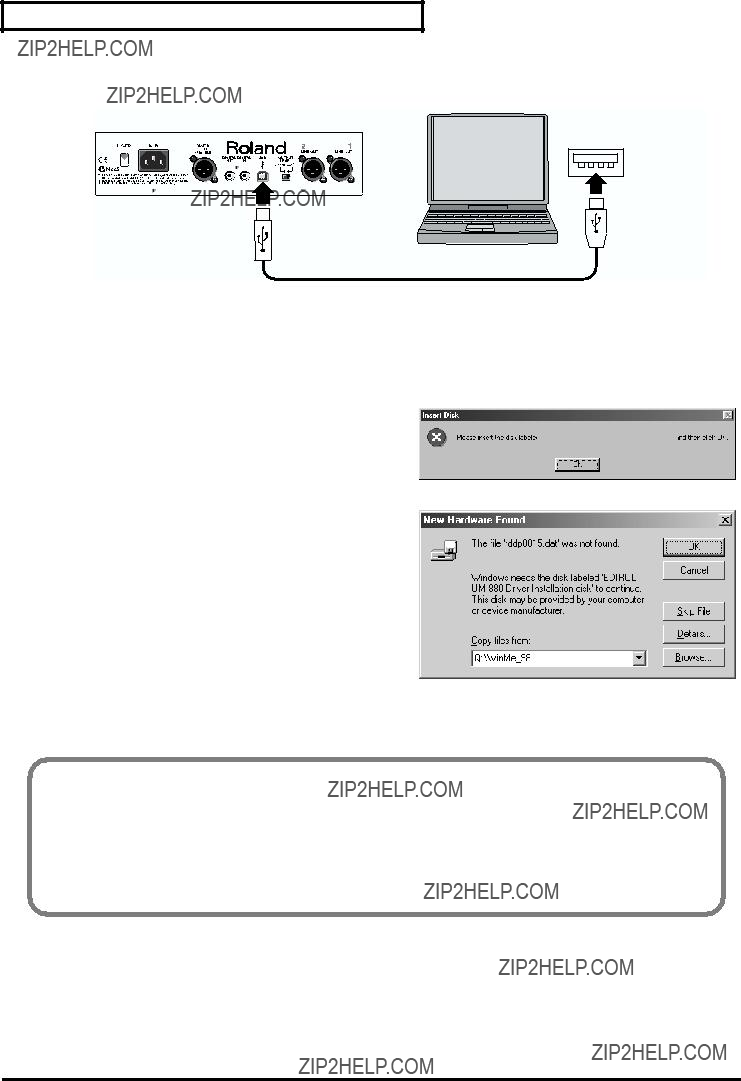

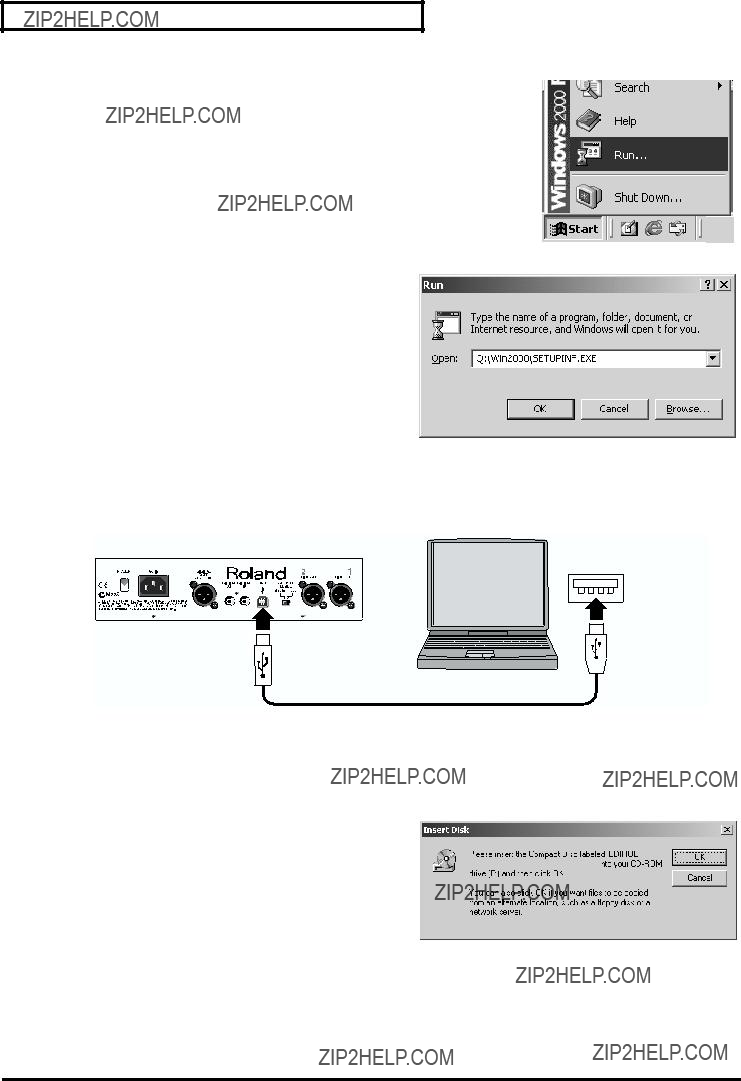



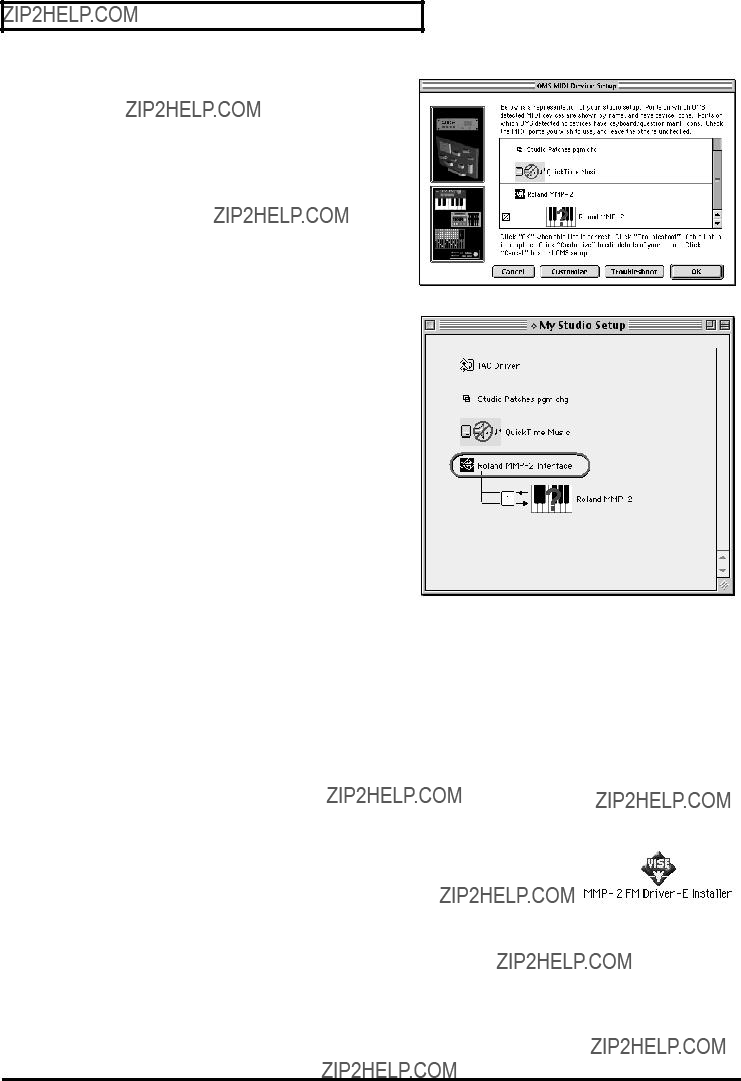





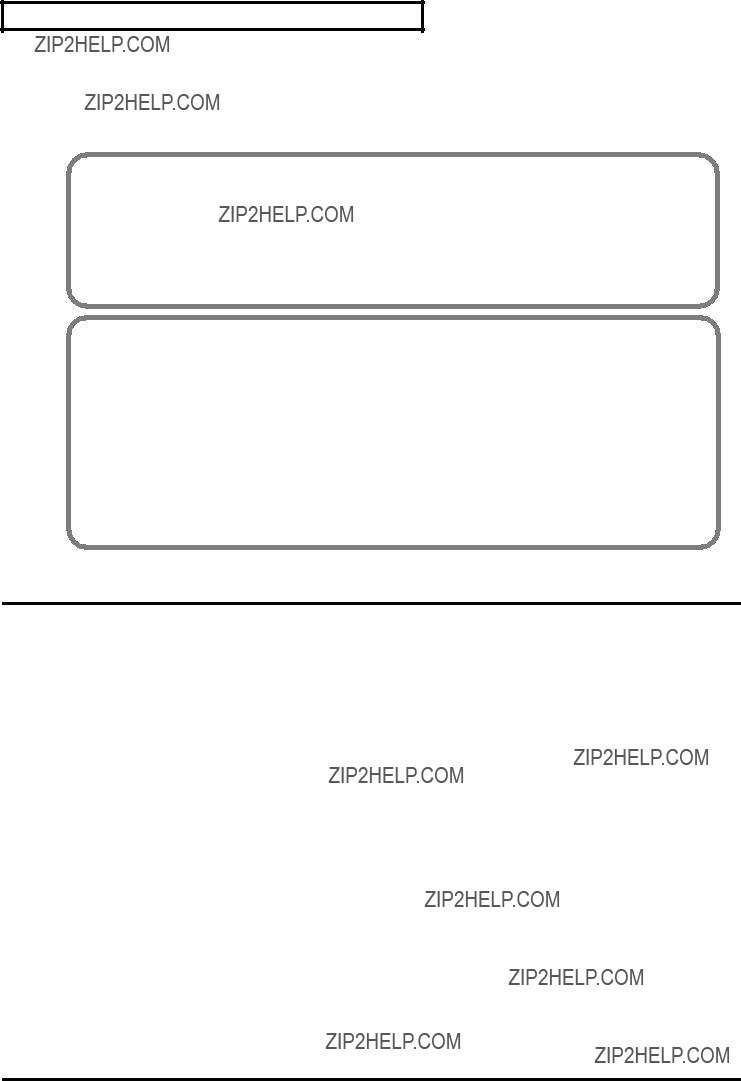















 or coloured GREEN or
or coloured GREEN or 
